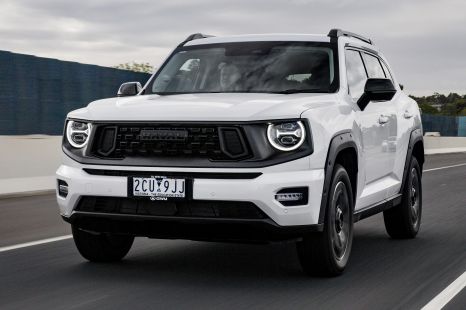

Max Davies
2025 GWM Haval H7 review
5 Days Ago
New hybrid technologies will soon feature across the Hyundai Motor Group, starting with the new Palisade. Kia and Genesis will follow.

Marketplace Editor


Marketplace Editor
Hyundai Motor Group has detailed its next-generation hybrid technologies, which are set to debut in the new Palisade large SUV before being rolled out to various models across the Hyundai, Kia and Genesis portfolios.
At the heart of the Korean carmaker’s latest hybrid system is a new transmission, which features two integrated motors and can be “paired flexibly” with a number of the company’s existing engines to optimise performance and efficiency.
In addition to the already confirmed 2.5-litre turbo hybrid powertrain, which will debut with the 2026 Hyundai Palisade, the company has also confirmed a new version of the Group’s 1.6 turbo hybrid setup – which currently serves in the likes of the Hyundai Tucson and Santa Fe, as well as the Kia Sportage and Sorento.
Hundreds of new car deals are available through CarExpert right now. Get the experts on your side and score a great deal. Browse now.
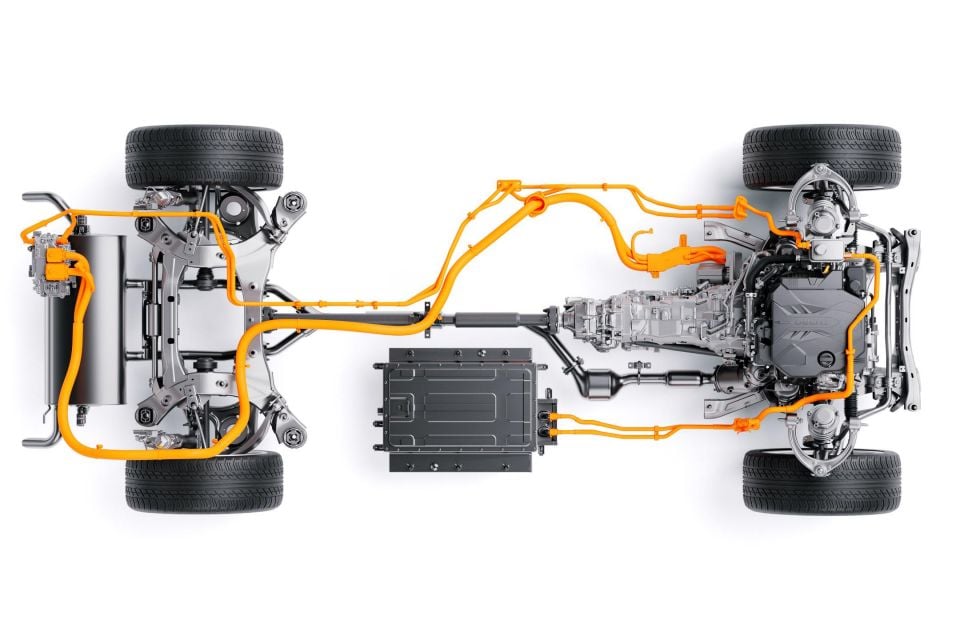
The new transmission features what the Hyundai group calls a P1 and P2 motor, the former acting as a starter-generator while the latter assists with vehicle propulsion and regenerative braking. Hyundai adds that the P1 motor is incorporated into the Active Shift Control (ASC) hybrid transmission logic, offering “faster and smoother” shifts.
In the case of the Palisade’s 2.5-litre turbo-petrol system, the combustion engine has also been re-engineered to be more efficient. Beyond the P1 and P2 motors, the ICE unit features enhanced cylinder flow and a high-efficiency combustion cycle optimised for hybrids.
“Typically, internal combustion engines generate power through four strokes: intake, compression, combustion and exhaust. The 2.5 turbo hybrid system utilises an ‘over-expansion cycle’, intentionally delaying intake valve closure during compression to lower the effective compression ratio of the mixed gas in the cylinder while maintaining a high expansion ratio during the combustion process,” said the company in its media release.
“This technique reduces power consumption during mixture compression while maximising energy generated after combustion, significantly enhancing engine efficiency. Additionally, an improved piston design and a significantly expanded triple fuel injection range enhances combustion speed, stabilises combustion and suppresses detonation, improving engine efficiency further still.”
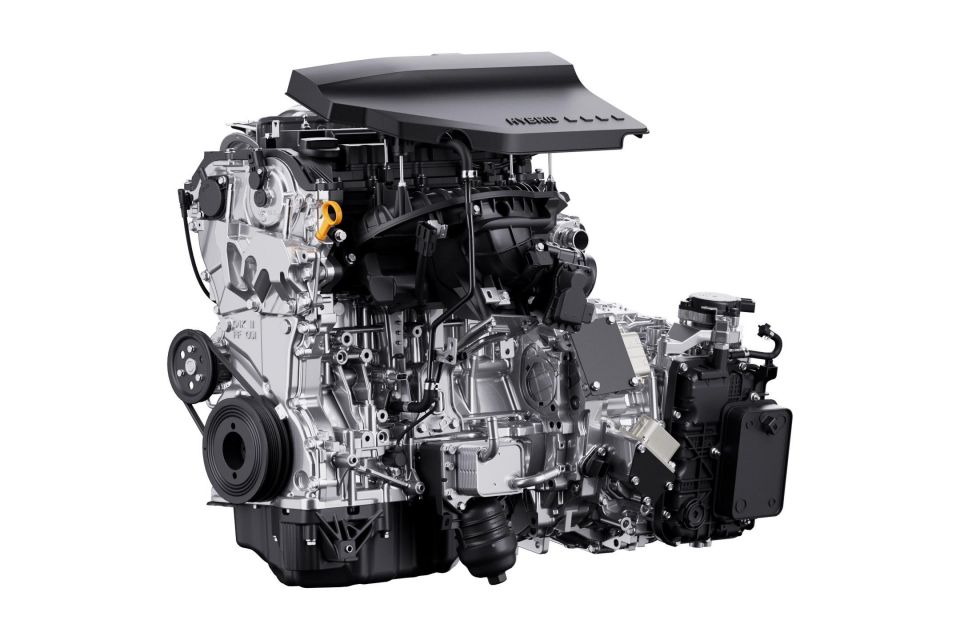
Hyundai says the new Palisade hybrid offers fuel efficiency of 7.1L/100km, which is approximately 45 per cent better than the 2.5T engine without the new hybrid tech.
The Palisade hybrid’s 245kW and 460Nm outputs also represent 19 and 9.0 per cent improvements, respectively, over the non-hybrid version of the same engine.
For reference, it also eclipses the power figure of the outgoing Palisade’s 3.8-litre naturally aspirated V6 (217kW), the and the torque figure of the 2.2-litre turbo-diesel (440Nm), while also beating the oiler’s combined fuel consumption claim in Australia (7.3L/100km).
Similar tech will be applied to a new 1.6 turbo hybrid, which will increase peak torque from 367Nm to 380Nm to deliver improved acceleration and response, while also delivering a 4.0 per cent fuel-efficiency improvement “in a mid-size SUV” – or, ahem, the Tucson.
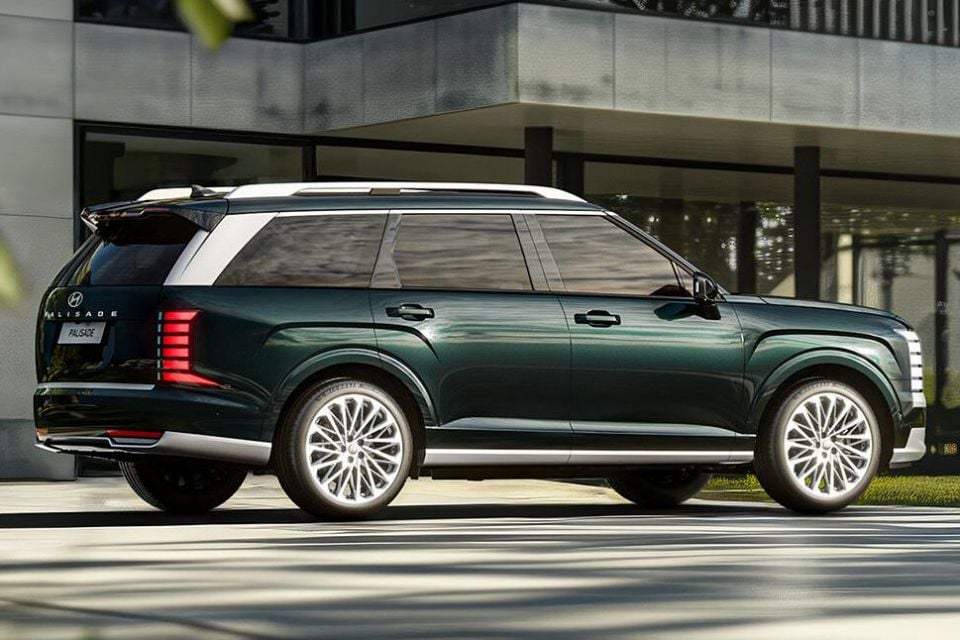
A number of additional electrification technologies have also been confirmed, though they won’t be applied to all models.
Electric All-Wheel Drive (e-AWD) headlines the list, adding a ‘P4’ motor to the rear axle for “enhanced driving performance”. However, Hyundai says it will continue to offer “both e-AWD and conventional mechanical AWD” systems depending on “vehicle class and regional market requirements”.
Electrification-Vehicle Motion Control (e-VMC 2.0) is Hyundai-speak for torque vectoring using the e-AWD system’s front and rear electric motors. Incorporating e-Handling 2.0, e-EHA (Electrification-Evasive Handling Assist) 2.0, and e-Ride 2.0, this technology can basically use the e-motors to optimise traction, mitigate body roll, and minimise vertical movements over bumps.
Additionally there’s a new Stay Mode, which “allows the use of all in-vehicle convenience features, including air-conditioning and multimedia without starting the engine” for up to one hour, provided the battery’s state of charge is between 70 and 80 per cent.
There’s also a vehicle-to-load (V2L) function like that seen the company’s EVs, with a maximum power output of 3.6kW. It can be used continuously while the engine is running, or in Stay Mode for up to 50 per cent of the battery’s capacity (80-30 per cent)
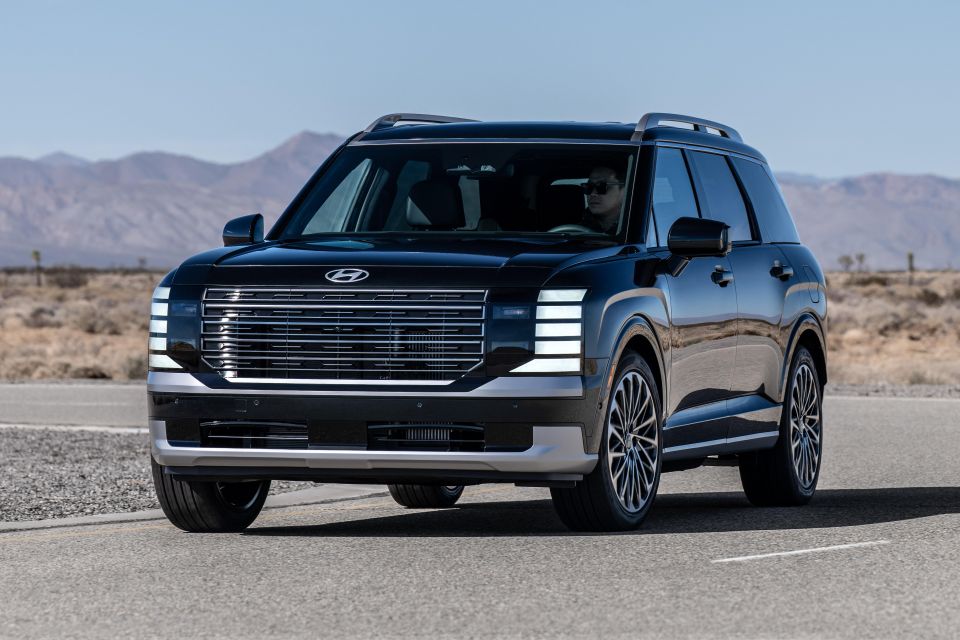
Rounding out the new Hyundai electrified tech suite are Hierarchical Predictive Control (HPC) and Smart Regenerative Braking.
HPC predicts the driving route and road conditions to optimise the level of battery charge for improved fuel efficiency. On the fly, it will select the best driving mode (ie: EV, hybrid, or regenerative braking mode) to suit the conditions.
Meanwhile, Smart Regenerative Braking applies “optimal” regenerative braking based on navigation data and distance to vehicles ahead, to reduce brake pedal inputs and increase battery charge via regen braking, further improving efficiency.
Beyond the new 1.6 turbo hybrid and 2.5 turbo hybrid powertrains confirmed for upcoming Hyundai and Kia models, the Korean auto group has also confirmed a rear-wheel drive version of the 2.5 turbo hybrid system for release in 2026 and the expansion of hybrids across the Genesis brand.
Given just about every current Genesis model bar the GV60 dedicated EV offers the 2.5T petrol engine on its own, it’s likely we’ll see the new 2.5 turbo hybrid rolled out across the G70, G80, GV70 and GV80 model lines.
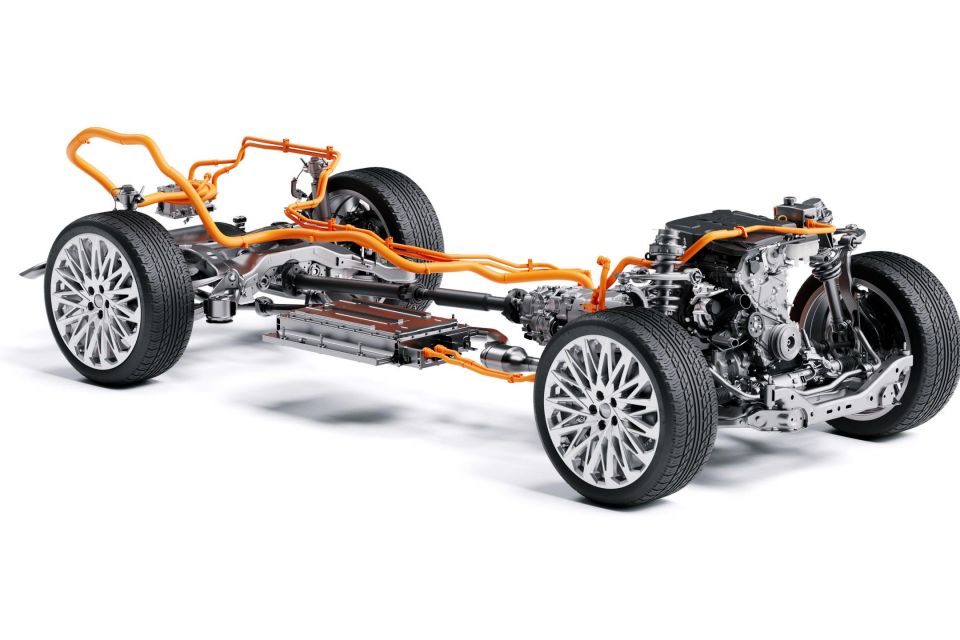
Share your thoughts on Hyundai’s new hybrid technologies with us in the comments below!
MORE: Latest luxury brand to take on Lexus hybrids revealed MORE: Everything Hyundai Palisade
James is an automotive journalist based in Melbourne, Australia. Before joining CarExpert.com.au in 2020, James has worked at leading auto media outlets including Carsales and CarAdvice, as well as at Pulse agency for Ford Australia's communications team. In 2019 James made Mumbrella's 'Top 20 most prolific web authors in Australia' list after publishing 1,360 articles between March 1, 2018 and February 28, 2019 for CarAdvice. James is also an Ambassador for Drive Against Depression – an Australian charity whose mission is to support mental wellness through the freedom of driving and a shared love of cars.


Max Davies
5 Days Ago
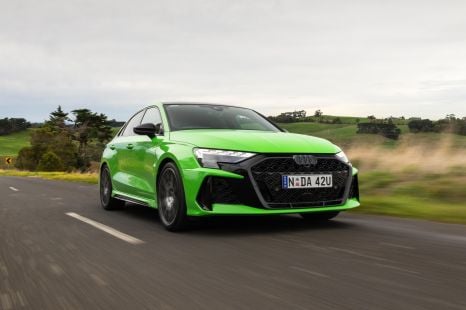

Josh Nevett
4 Days Ago
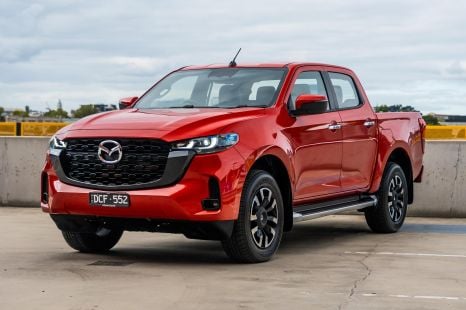

Josh Nevett
3 Days Ago
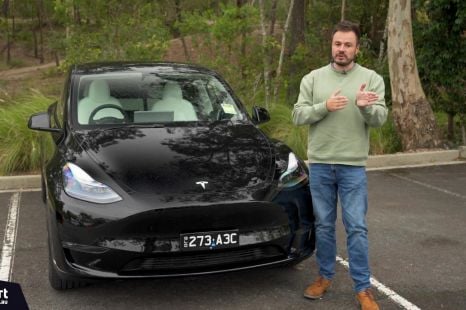

Paul Maric
2 Days Ago
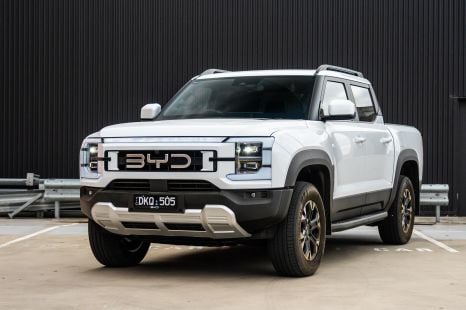

William Stopford
2 Days Ago
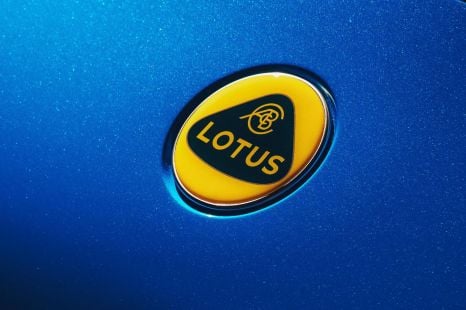

Damion Smy
1 Day Ago